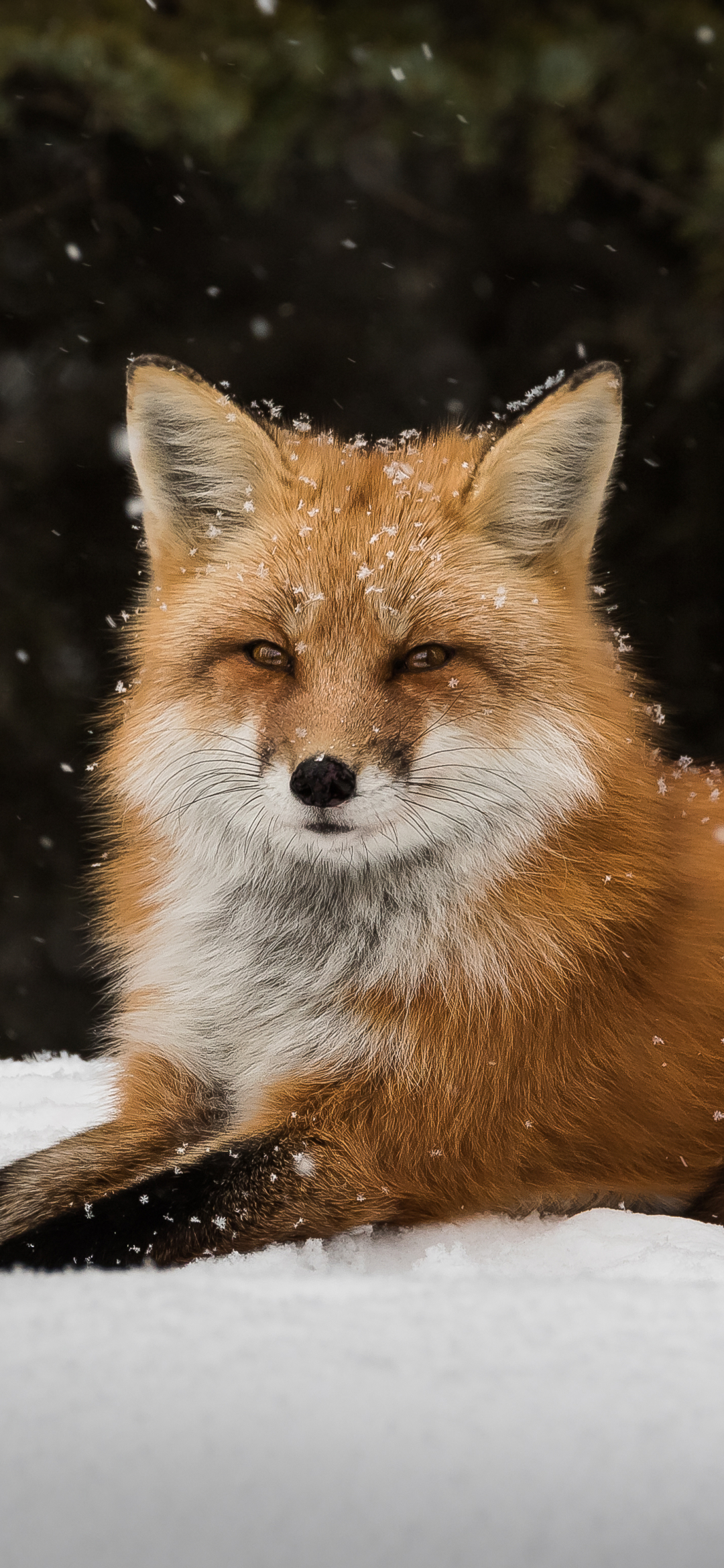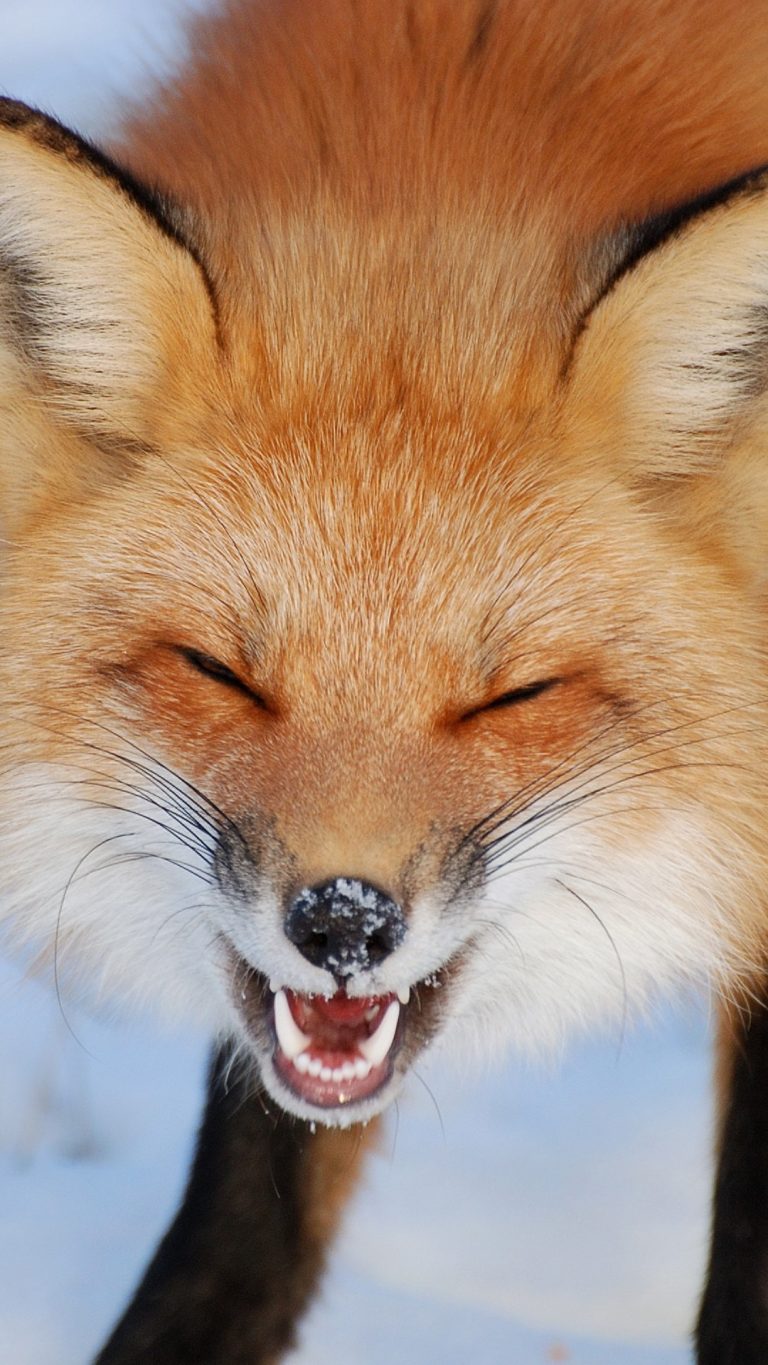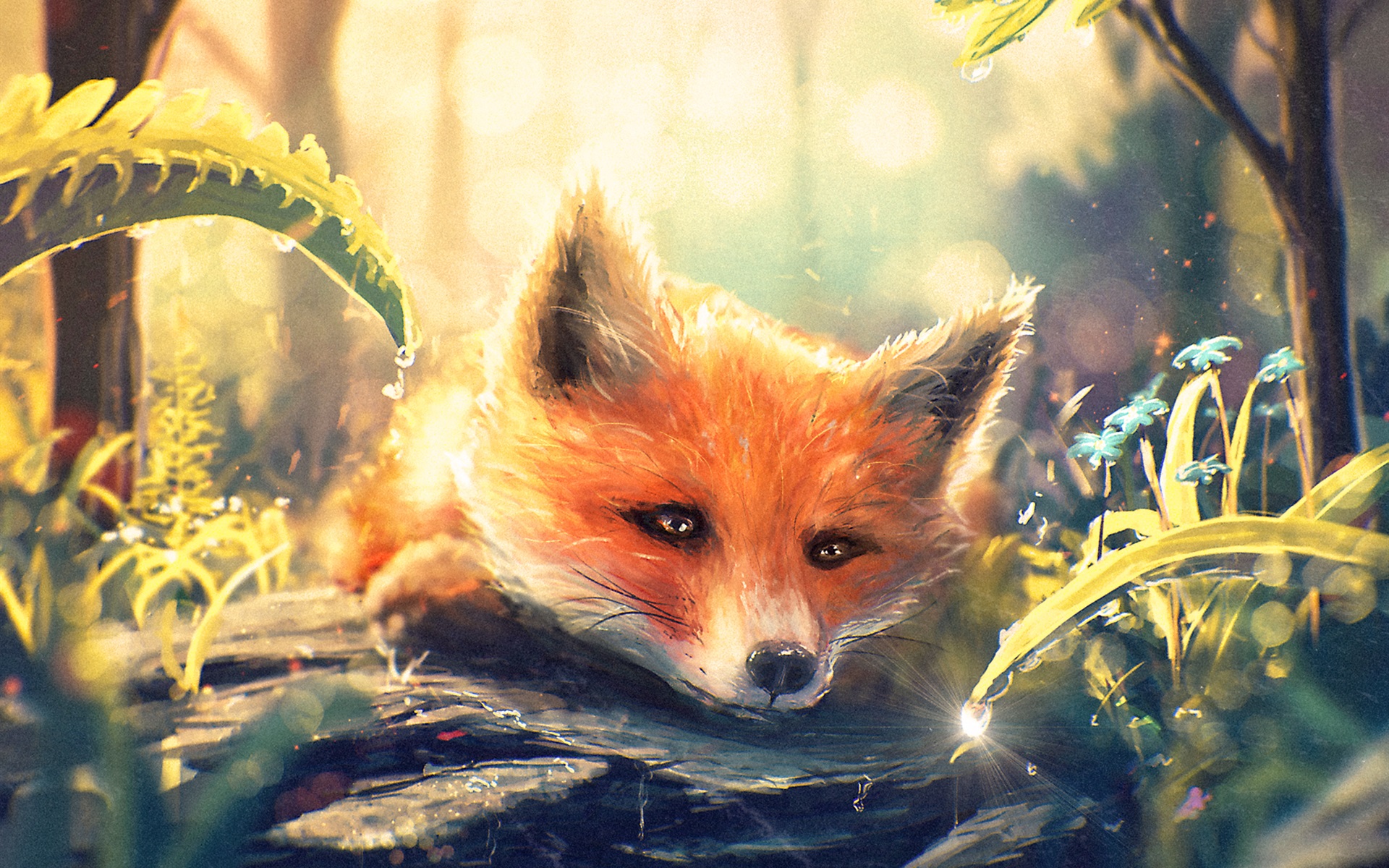
The fable has also appeared on postage stamps illustrating La Fontaine's fables. In 1995 it was among the seven in Catalan translation that the composer Xavier Benguerel i Godó set for recitation with orchestral accompaniment. Later it appeared as the first piece in Andre Asriel's 6 Fabeln nach Aesop (1972). Among European musical settings was one by Louis Lacombe (op.
#Susd the fox in the forest series#
In the 20th century, Le Renard et la Cigogne figured in the series of medals illustrating La Fontaine's fables cast by Jean Vernon (1940) and Marc Chagall made it Plate 9 in his etchings of them (1952). In the contemporary fountain sculpture by the Catalan Eduard Batiste Alentorn (1855–1920) in Barcelona's Parc de la Ciutadella, the frustrated fox kicks over the tall vessel, from which the fountain's water pours. There the fox is accompanied by two storks, one of which has a frog in its beak – in reference to the fable of The Frogs Who Desired a King. It also features on the right-hand side of Gustav Klimt's "The Fable" (1883). Among the artists who have chosen it as a subject are Frans Snyders (about 1650), Jan van Kessel, senior (1661), Jean-Baptiste Oudry (1747) and his son Jacques-Charles, Hippolyte Lecomte, and Philippe Rousseau (1816–1887). It then began to be applied on a number of domestic items, including buttons, firebacks, snuff graters, household china and tiles, and on wallpaper. The story's popularity was further assured after it appeared in La Fontaine's Fables (I.18). The saying 'The fox and the crane entertain each other' had come to mean that tricksters look out for their own advantage, so the two are pictured at the centre of the painting seated before their preferred receptacle. A different solution was chosen by Pieter Bruegel the Elder in his depiction of Netherlandish Proverbs (1559). A similar solution is provided by the suggestive sculptures in the square of Barzy-sur-Marne, where the two animals are juxtaposed at right angles and the meal is left to the viewer's imagination. One exception in the applied arts occurred when both episodes were included among the 39 hydraulic statues built for the Versailles labyrinth that was constructed for Louis XIV to further the Dauphin's education. However, since the 19th century some artists have been returning to composite designs. Thereafter, only one could appear, and it was usually the stork's revenge that was depicted. While medieval and early Renaissance pictorial convention allowed composite designs the episodes of the two meals both appeared in the same design.


In the Romanesque style of the 12th century, both the fox's and the stork's tricks are shown on different sides.

One of the earliest depictions is on the top of a column on the north side of the cloisters in the Collegiate church of Saint Ursus in Aosta, Italy. The fable has been illustrated since the Middle Ages in Europe. The moral drawn is that the trickster must expect trickery in return and that the golden rule of conduct is for one to do to others what one would wish for oneself. It is easy for the stork to access but impossible for the fox. The stork then invites the fox to a meal, which is served in a narrow-necked vessel.

The 1884 fountain design by Catalan sculptor Eduard Batiste Alentorn in BarcelonaĪ fox invites a stork to eat with him and provides soup in a bowl, which the fox can lap up easily however, the stork cannot drink it with its beak.


 0 kommentar(er)
0 kommentar(er)
